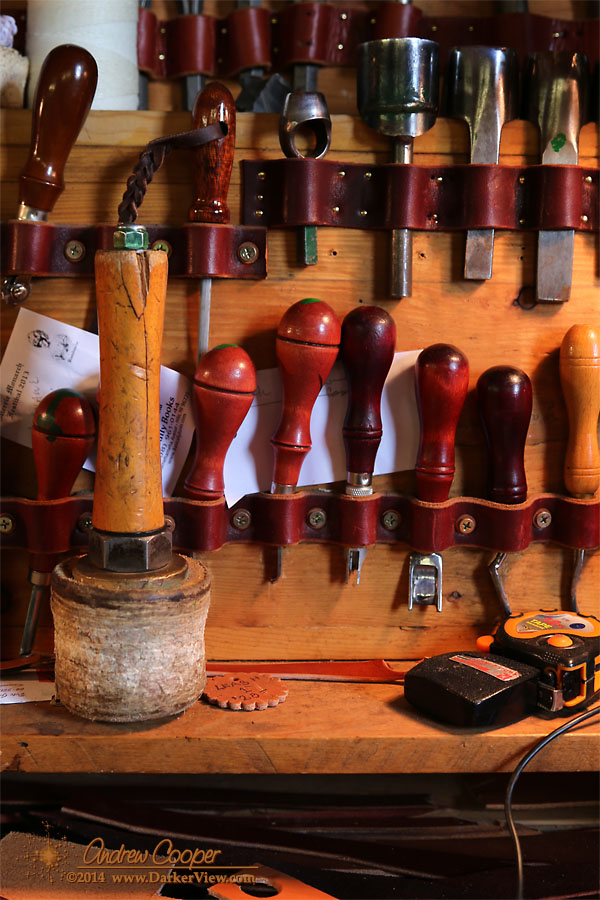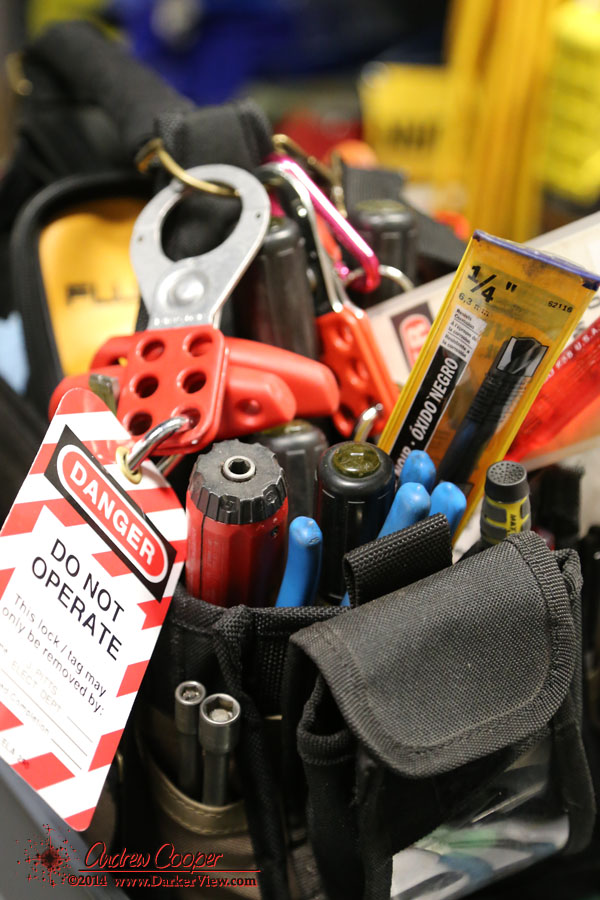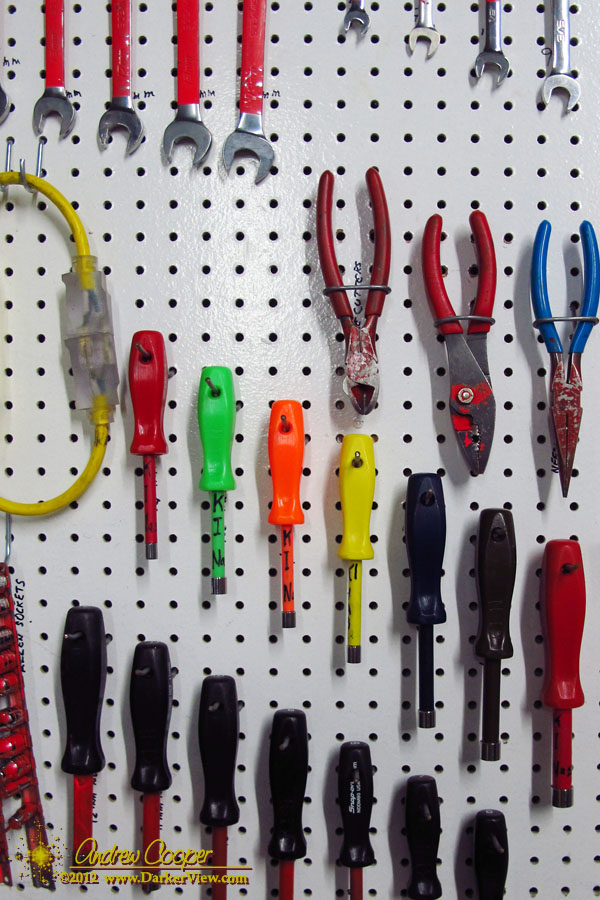
Tag: tool
A New Hammer
“I suppose it is tempting, if the only tool you have is a hammer, to treat everything as if it were a nail.” – Abraham Maslow
The above statement is an adage that goes a long way to explaining many engineering decisions. Often referred to as Maslow’s Hammer it is a concept that has been well understood in science and technology for a very long time. In engineering we tend to use the tools we know to solve every problem in front of us, even if the tools we have may not be the best solutions.

Or the old tools are simply obsolete and you are forced to update.
I am as guilty as any engineer in this. The major example, at least in my case, are microcontrollers. For many decades I have used Microchip PIC16F controllers each time I encountered a problem that required some form of complex control. Specifically I have always loved the PIC16F73 and the later PIC16F873 parts. they had everything I usually needed… A serial port, plenty of I/O pins, a few channels of 10-bit analog to digital, a convenient 28 pin DIP package. If I needed more I/O or more memory just step up to one of the larger packages like the PIC16F876.
Then Microsoft Windows 7 happened. How is this even related? The old versions of MPLAB I used to write the software and program the parts does not run of 64-bit Windows 7. When I updated my machine, I was forced to update to MPLAB X, a totally different platform. A new hammer to learn.
Reasons to Carry a Camera
I work at the summit of a nearly 14,000ft mountain that sits atop a pretty tropical island. That alone is good enough reason to carry a camera at all times. You never know when you will need that camera, beauty appears when you least expect it.

The advent of digital cameras where the cost of each photo is negligible has made this possible. This would not have been practical in the days of film. Yes, I remember those days, counting out every frame of a 36 exposure roll, deciding if the shot was worth it. In this digital age I usually have a dedicated camera along and never worry about shooting. If that camera is out of reach there is always the iPhone in my pocket.
The equipment I work on is often unique, there may be only one copy in the world. Two if we have one installed on both Keck 1 and Keck 2. The documentation can be of varying quality, some is good, some is abysmal, some is just plain wrong. Some of this gear was professionally built by engineers, some of it was built by graduate students who would never need to fix it years later.



